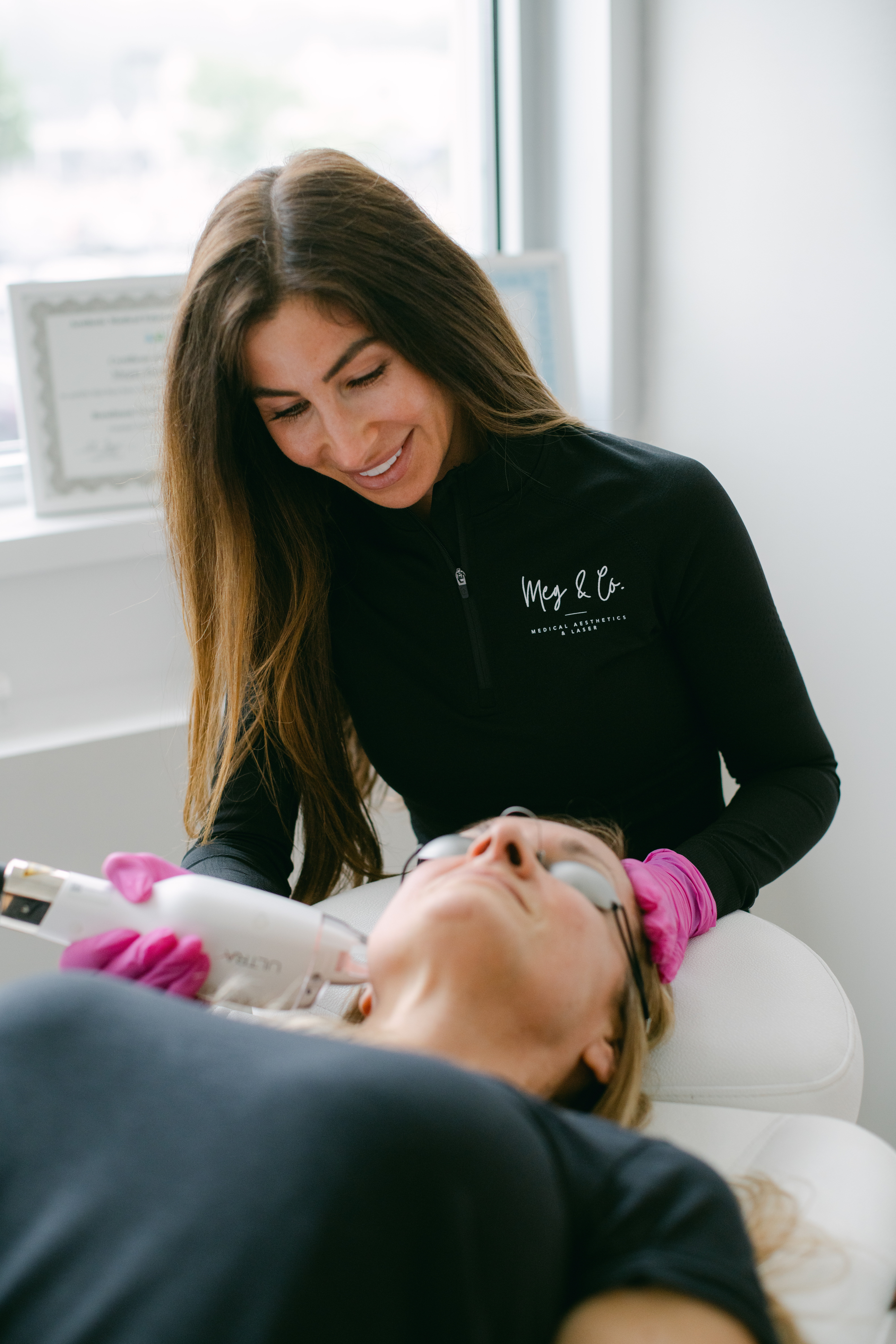Rosacea
What Is Rosacea and What Causes It?
Rosacea is a relatively common aesthetic skin condition that is characterized by frequent or constant blushing or flushing and sometimes visible spider veins on the face. It can also produce little pus-filled bumps on the surface of your skin. These symptoms can flare up for weeks or months and then go away for equally unpredictable periods of time. Rosacea is sometimes mistaken for acne or other skin issues. You may want to consult with your dermatologist to get your skin condition diagnosed with confidence.
More About Rosacea
Rosacea can lead to more symptoms, especially in the long term. These additional or worsening symptoms include more severe bumps or pimples forming on your face, enlargement of the nose (rosacea is known to thicken the skin of the nose, especially in men), eye problems, and burning sensations in the affected skin.
Rosacea can affect anyone; however, it is significantly more common among middle-aged white women than other demographics. While there is no true cure for rosacea, laser treatments can reduce the blood vessels and mitigate or eliminate the symptoms of rosacea.
What Causes Rosacea?
There are several possible causes of Rosacea, and often in serious cases, more than one factor is involved. Here is a short list of common causes.
- Genetics – Susceptibility to rosacea runs in families, meaning you may be predisposed based on family history
- Blood Vessel Issues – Rosacea is ultimately caused by enlarged blood vessels in the face. Anything that causes enlarged blood vessels, such as sun damage, can cause or worsen rosacea.
- Mites – While everyone has some mites, most people aren’t harmed by them in any way. Some people are sensitive to these common pests or have more than normal and may have skin reactions as a result.
- Bacteria – There are some gut bacteria that may raise your levels of gastrin enough to cause frequent flushing.
- General Risk Factors – There are general risk factors that increase the likelihood you will experience rosacea symptoms. These include being female, between 30 and 50 years old, having blonde hair and blue eyes, having a history of severe acne, and being a smoker.
Is Rosacea Different From Spider Veins?
While rosacea symptoms may include spider veins on your face, rosacea is a more general condition that affects the face with flushing and blushing, in addition to the possibility of broken capillaries that may be visible on the face.


Treatments Available At
Meg & Co.
Clarity II Vascular Laser Treatment
Our Clarity II is able to eliminate the enlarged capillaries near the surface of your skin that give rise to rosacea symptoms. While even a single treatment will make a significant difference, it may take several treatments, scheduled 6 to 8 weeks apart, to completely eliminate rosacea symptoms.
Safety Considerations
As with any laser treatment, you should take care to protect your treated skin from the sun for about a week, using sunscreen and/or protective clothing to keep your skin safe. This will help your skin to recover quickly and completely.
Maximizing Results
Getting the best results is a matter of sticking with regular treatment until all rosacea symptoms have been permanently mitigated. Consult with your technician and keep in mind that we offer discounts on packages of treatments.
FAQ
What is Rosacea?
Rosacea is an aesthetic skin condition characterized by enlarged blood vessels in the face that causes frequent or constant blushing or flushing and can thicken the skin of your face over time.
Why is rosacea more common for paler women?
While there have been various studies on rosacea, the medical community has no conclusive consensus on what causes rosacea and why it disproportionately affects paler women.
How does laser skin treatment help with rosacea?
Rosacea’s symptoms are largely caused by enlarged capillaries in the face. Laser skin treatment can be fine-tuned to destroy just those capillaries near the surface of your skin without causing any damage to your skin.
